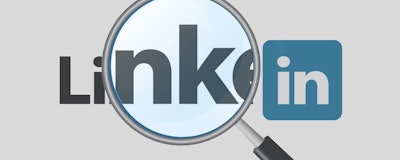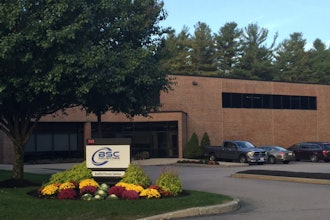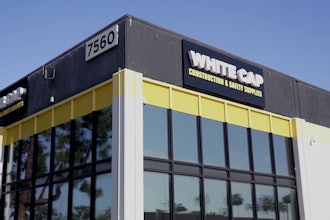
Editor's note: This is part two of a three-part series
One reason many salespeople have not taken advantage of all LinkedIn has to offer is they do not realize how powerful it has become. But once you see some of the research below, it should become quite clear not only how powerful LinkedIn has become, but why it is so important that you jump on the LinkedIn bandwagon.
However, before we begin, let’s consider what are our goals are with LinkedIn, and that is very simply:
It’s a strategy and a process of building high-quality online connections that attracts and includes clients and potential customers, as well as potential employers. The process accelerates the speed of business and efficiency of selling. It involves human engagement as well as social listening, social publishing, social research, social engagement, and social collaboration to clearly demonstrates the specific value you provide.
In other words, LinkedIn is a sales and marketing vehicle, and as we discussed in part one, a way for us to brand ourselves. This helps us stand out among the crowd of distributors and salespeople all calling on the same prospects.
We should also note that LinkedIn is just one of many sales and marketing tools. It should not be viewed as a replacement for more traditional sales activities. View it as one spoke, be it a significant spoke, in the bicycle tire of sales.
So, how do we know LinkedIn works? Here are some stats that should open some eyes:
- Gartner Research believes that 85 percent of interactions between businesses will be executed without human intervention by 2020 (two years from now!). If a distributor or DSR cannot provide more than the buyer can get online, than the buyer does not need to seller.
- 75 percent of buyers research sellers, usually on LinkedIn, before meeting with them. It is a part of their due diligence to see if they have any shared contacts, see if there is any proof they can help solve problems, help lower costs, help increase the sales for the buyer, help reduce risk, etc.
- The Harvard Business Review reports that more than 90 percent of decision makers no longer respond to “cold” outreach. LinkedIn helps distributors warm up a cold lead with some proof of your expertise and value.
- 57 percent to 70 percent (Forrester) of the buyer's journey is now done before a non-preferred seller is involved. If you are not the incumbent, you are at a great disadvantage.
- 63 percent of buyers are choosing the sales professional and company that was first to add value through insights. From here, the key is to engage with the decision makers, not simply rush into a product presentation or demo. Search and understand the buyers challenges. Once this is done, sell solutions, not products.
- 44 percent of B2B buyers find potential vendors by looking at shared LinkedIn connections and LinkedIn Groups
- 90 percent of top-performing salespeople use social media as part of their sales strategy
- B2B sellers who embrace social selling are 72 percent more likely to exceed quotas
- 62 percent of top salespeople attribute closing more deals to using social networks such as LinkedIn
There is one more thing we should mention. LinkedIn is not only a handy way of collecting contacts, but a way to take the next step, and reach out to them directly. LinkedIn has tools to conduct filtered searches of potential contacts. For instance, a distributor might collect facility manager contacts in her city. Now that she has made these connections, every time she publishes an article on LinkedIn, it's delivered directly to all her contacts. These articles are designed to leverage her expertise and prove her know-how.
 Mike Sawchuk, Principal B2B Consultant at Sawchuk Consulting
Mike Sawchuk, Principal B2B Consultant at Sawchuk ConsultingWell written, published articles on LinkedIn, along with well-thought our comments with shared articles, result in interest in a salesperson and help develop trust. Moreover, with trust, comes a phone call from a prospect.
Mike Sawchuk is a consultant working with distributors and business leaders with the development and execution of strategies, tactics and training in order to drive growth in sales and profits. He can be reached through his company website at www.sawchukconsulting.com






















